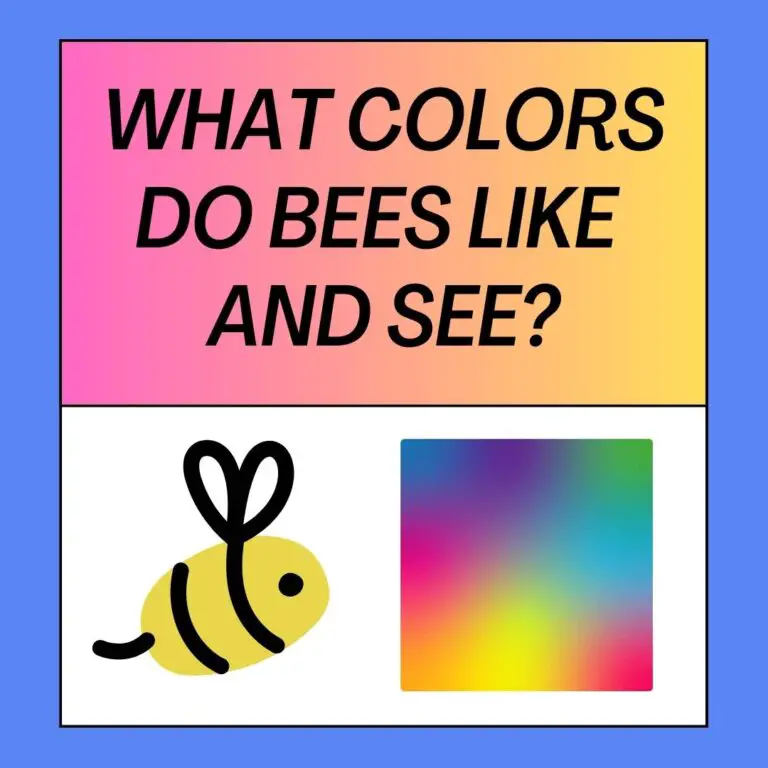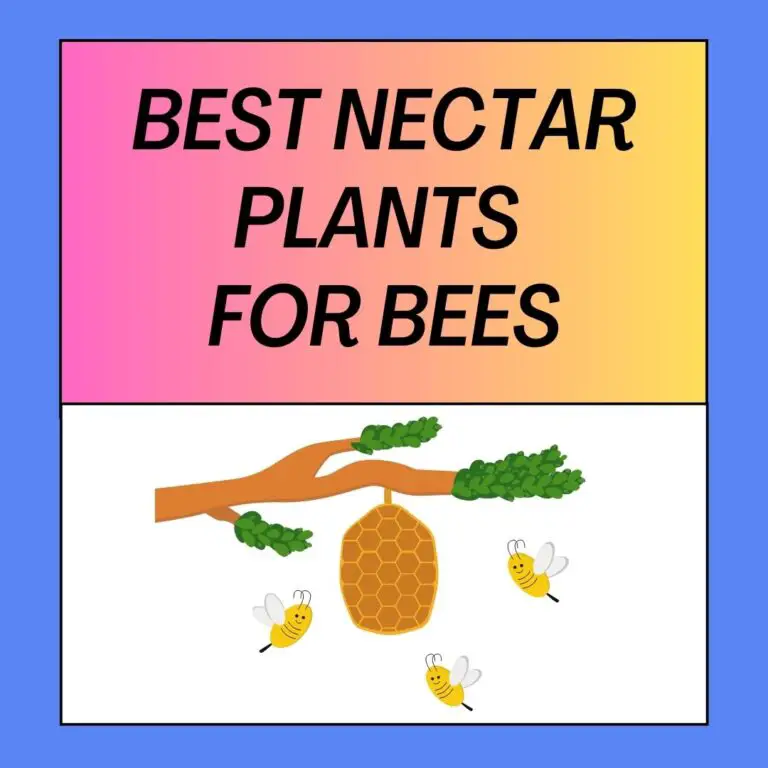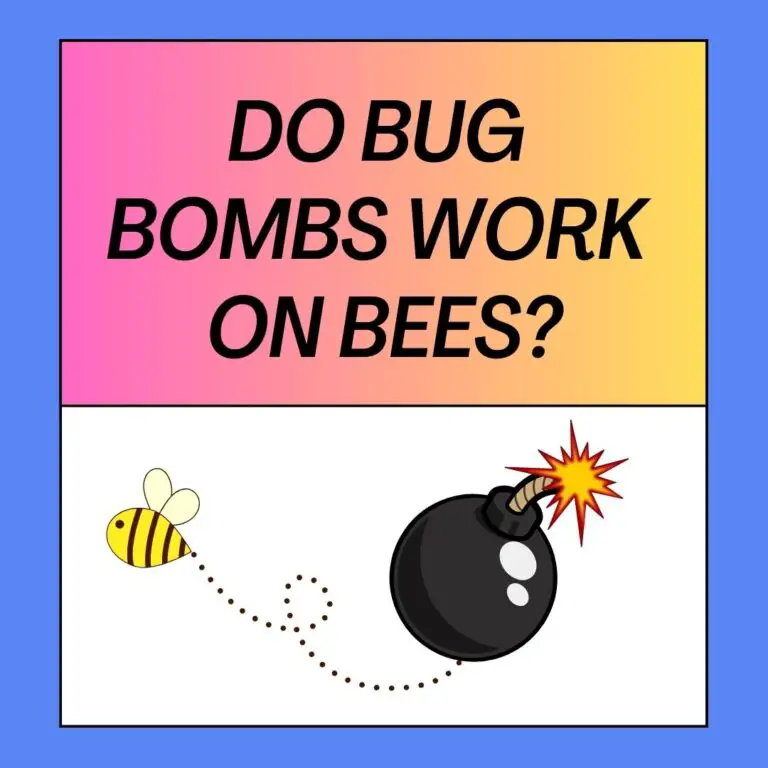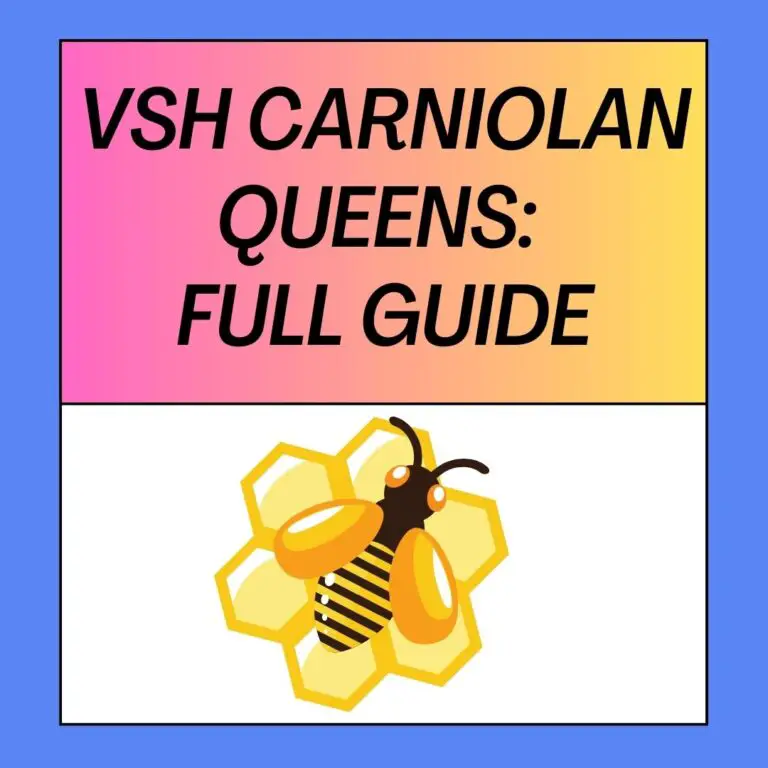
Saskatraz bees are a specific strain or breed of honeybee known for their desirable traits, primarily developed and bred in Saskatchewan, Canada. These bees are a hybrid variety that combines genetics from Carniolan bees and Russian bees, two bee subspecies known for their hardiness and productivity.
Characteristics and benefits of Saskatraz bees include:
- Gentle Behavior: Saskatraz bees are generally less aggressive and more docile compared to some other honeybee varieties, making them a good choice for beekeepers who prefer a calmer hive.
- Resistance to Varroa Mites: These bees exhibit strong resistance to Varroa destructor mites, a major threat to honeybee colonies worldwide. Reduced reliance on chemical treatments for mites can be an advantage for beekeepers focused on sustainable and chemical-free beekeeping.
- Winter Survival: Saskatraz bees have shown good overwintering capabilities, meaning they can survive and maintain the health of their colonies through the cold winter months.
- Honey Production: While their primary breeding focus has been on disease resistance and temperament, Saskatraz bees are also known to be productive honey producers, though honey production can vary depending on factors like local forage availability.
As for finding Saskatraz bees for sale, you can typically purchase Saskatraz queens or packages from reputable bee breeders, beekeeping supply companies, or beekeeping associations. It’s essential to ensure that you’re buying from a trusted source to obtain genuine Saskatraz genetics. Beekeeping supply stores and online marketplaces may also offer Saskatraz bees for sale during the beekeeping season.
Before purchasing any bee colony or queen, consider the local regulations and conditions in your area, as well as the specific needs of your beekeeping operation. Beekeepers often choose bee breeds based on their local climate, forage availability, and personal preferences for bee behavior and traits.
What is Olivarez Marked Saskatraz Queen Bee?
An “Olivarez marked Saskatraz queen bee” refers to a queen bee from the Saskatraz breed or strain of honeybees that has been marked by the Olivarez Honey Bees company. Let’s break down the components of this term:
- Olivarez: Olivarez Honey Bees is a prominent and well-known beekeeping company, primarily based in California, USA. They are involved in breeding and selling various bee strains and queens, including Saskatraz queens.
- Marked: In beekeeping, it’s a common practice to mark queen bees with a dot of paint on their thorax. This marking helps beekeepers quickly locate and identify the queen bee when inspecting a hive. Each year is typically associated with a specific color, making it easy to determine the age of the queen.
- Saskatraz: Saskatraz is a specific strain or breed of honeybee known for its desirable traits, including resistance to Varroa mites and gentler behavior, as mentioned in the previous response.
So, when you see the term “Olivarez marked Saskatraz queen bee,” it indicates that the queen bee being referred to is from the Saskatraz breed and has been marked with a dot of paint by Olivarez Honey Bees for identification purposes. This marking is a common practice in beekeeping and is useful for hive management and queen monitoring.
What are OHB Saskatraz Queens?
“OHB Saskatraz Queens” refers to queen bees that are bred and produced by Olivarez Honey Bees (OHB) and belong to the Saskatraz strain. Let’s break down what this means:
- OHB (Olivarez Honey Bees): Olivarez Honey Bees is a prominent beekeeping company based in California, USA. They are known for their breeding programs that focus on developing and producing high-quality queen bees and bee stocks. OHB is often associated with the breeding and sale of various bee strains, including Saskatraz.
- Saskatraz Queens: Saskatraz is a specific strain or breed of honeybees. These bees are known for their desirable characteristics, including resistance to Varroa mites, good honey production, and gentle behavior. Saskatraz queens are queen bees specifically bred from Saskatraz stock.
So, when you hear “OHB Saskatraz Queens,” it means that these queen bees are bred by Olivarez Honey Bees and belong to the Saskatraz strain. Beekeepers often seek out Saskatraz queens because of their positive traits, and OHB is one of the sources for acquiring them.
What are Saskatraz bees a mix of?
The goal of breeding Saskatraz bees is to produce honey bee colonies with specific characteristics, such as:
- Varroa Mite Resistance: Saskatraz bees exhibit a higher level of resistance to Varroa destructor mites, a significant threat to honey bee colonies worldwide.
- Gentle Behavior: These bees are known for their gentle temperament, which makes them more manageable for beekeepers.
- Good Honey Production: Saskatraz colonies are typically good honey producers, making them economically valuable for beekeepers.
- Winter Hardiness: They tend to have better survival rates during the winter months.
The breeding process involves selecting and crossing bees with these desired traits over generations to establish a stable strain with these characteristics. Breeders often use various bee subspecies as source populations to create this unique strain. However, the specific subspecies and genetic details used in the creation of Saskatraz bees are proprietary information held by the breeders who developed them.
How good are Saskatraz bees?
- Varroa Mite Resistance: One of the primary advantages of Saskatraz bees is their enhanced resistance to Varroa destructor mites. Varroa mites are a major threat to honey bee colonies worldwide, and bees that show resistance to these mites can greatly reduce the need for chemical treatments. However, it’s important to note that no bee strain is completely immune to Varroa mites, so continued monitoring and management are still necessary.
- Gentle Temperament: Saskatraz bees are known for their gentle and docile behavior, which makes them easier and safer to work with for beekeepers, particularly for beginners or those who prefer less aggressive bees.
- Good Honey Production: These bees are often productive in terms of honey production, which is a key factor for many beekeepers, especially those focused on honey harvesting.
- Winter Survival: Saskatraz bees tend to exhibit good overwintering abilities, meaning they can survive the cold winter months in regions with harsh climates.
- Low Swarming Tendency: They are generally less prone to swarming compared to some other bee strains, which can be beneficial for beekeepers who want to maintain larger colonies.
- Hygienic Behavior: Saskatraz bees may display hygienic behavior, which involves removing sick or dead brood from the hive, helping to maintain colony health.
However, it’s essential to keep in mind that the suitability of Saskatraz bees can vary based on local conditions. What works well in one region might not be as effective in another due to differences in climate, available forage, and pest pressures. Additionally, successful beekeeping relies not only on bee genetics but also on proper management practices, including disease monitoring and hive maintenance.
Before choosing Saskatraz bees or any bee strain, beekeepers should consider their specific goals and the conditions of their local environment, and they may also seek advice from experienced beekeepers in their regio






